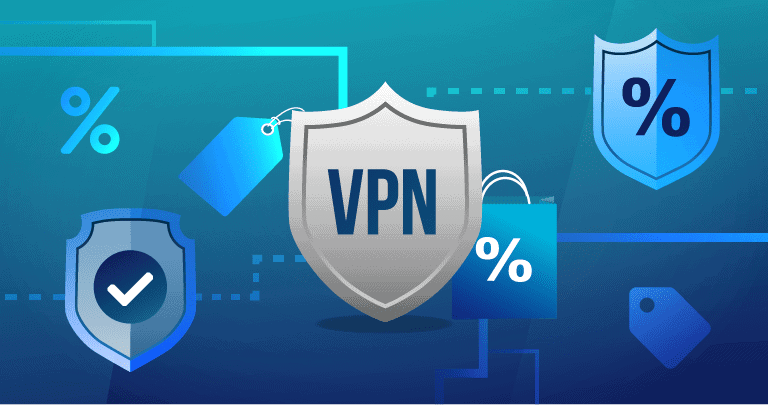
Multi-protocol Label Switching (MPLS) is an innovative procedure for transmitting superior performance packet forwarding. There are several uses of this new technology, both in a service provider setting and in the corporate network, and the most commonly used today which is the Virtual Private Networks (VPN Discounts). The introduction of this technology had able network designers to better scale networks for better flexibility.
It is better than the methods accessible in the past. Customers of MPLS-enabled VPNs will find a practical guide to the designing, deploying and understanding of this product very useful. Moreover, they will get in-depth analysis of Multiprotocol Label Switching architecture and detailed discussion of the features and mechanisms that constitute to it, learn how MPLS scales support tens thousand and so VPNs, get more help from extensive case studies that guide customers and users through the devise and deployment of actual
This network, configure guidelines and examples as well as assist in configuring MPLS on the Cisco devices and lastly, be able to design and implement options that help them build a variety of VPN topologies.
MPLS VPN services are the key trend in connectivity since Multi Protocol Label Switching based VPNs emerged last year. With the development of Multi-Protocol Label Switching, VPNs are ready to declare radical network computing in the world. MPLS VPN has gotten ahead of Frame Relay and is now the preferred choice among users. Another hot trend last year was the enterprises focus on creating very agile networks where it became a reliable and trusted option for WAN connectivity.
There are a number of telecommunications services that introduce enterprise network managed MPLS platform, ensuring reduction on costs and increase scalability and reliability, which were often not included in legacy networks. What is more, there is lower latency and least packet loss, easy facilitation on procurement, and security and prioritization of bandwidth that made MPLS VPN very popular in the business domain. Network engineers need fast and effective training on this new technology to deploy MPLS VPN efficiently on their network.
To this end, the MPLS and VPN Architectures offer an extensive discussion particularly to Cisco MPLS architecture. You need to grasp the theory and configuration of MPLS, examine the issues of network design and case studies, and the major MPLS application, which is the MPLS VPN. MPLS VPN architecture and its mechanisms can be better understood with configuration examples, suggested deployment and design guidelines, and wide case studies. This technology helps you understand, design and implement MPLS-enabled VPN.
MPLS VPN is economical, reliable, secure and scalable solution for WAN infrastructure. It offers convergence of services such as voice, data and video on an interface and platform. It provides Quality of Service as value-added services and prioritizes traffic by corporate demand for MPLS VPNs. It has seamless solution for business applications that are sensitive to time and bandwidth demands. There are several ways to reach the destination in case of network interruption so it has the ability to reduce downtime. Its Intranet and Extranet capabilities provide secure communications between partners. And lastly, MPLS VPN simplifies management of your network.